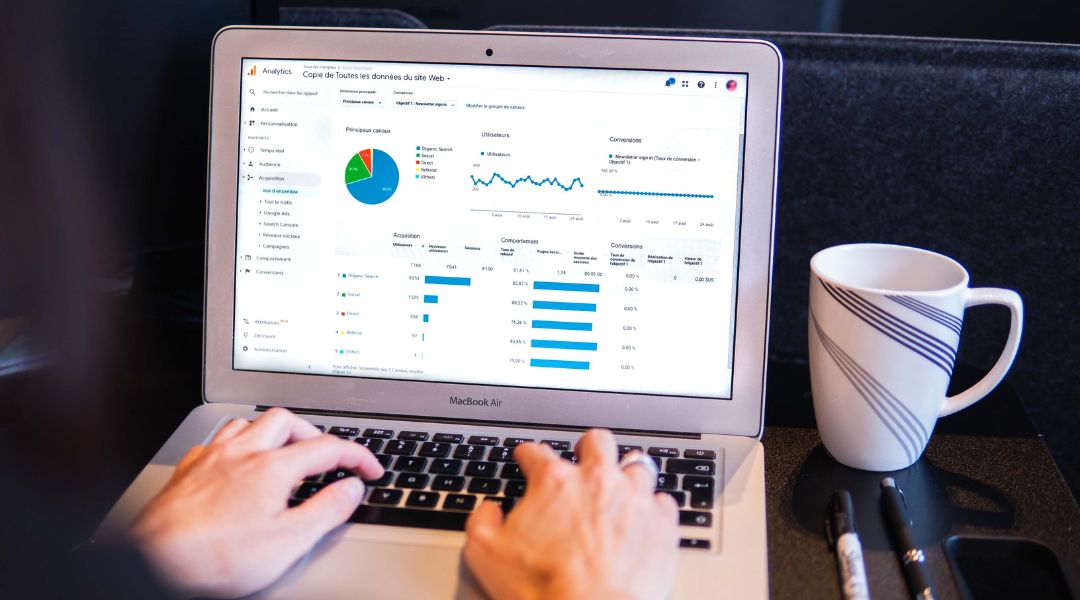How To Prepare Your Business For Series A?Series A is undertaken for developing a scalable and sustainable business. Startups undertake series A for the purpose of financing and capital raising. Usually, it is the second stage of financing for startups.To prepare for the series, the following steps must be considered for a good outcome:Step 1: Write up a business plan, considering the financial forecasts grounded in the performance to date. This plan must be double-checked by any other founder of a startup, any investor, or accountant for the reason of checking numbers.Step 2: Search for a suitable investor for your business. An investor identified must be keen to invest in your company or industry type, having the necessary funds to invest at your required level of business.Step 3: Paperwork must be completed, related to the registration of the company, corporate structure, IP-related legal documents, liabilities of the company, shared ownership, and related to regulatory compliance. All these documents must be prepared for the purpose of due diligence for the investor.Step 4: Reach out to the investor for the purpose of initial meetings. This must be accomplished by providing an executive summary of the business to the investor. One thing to keep in mind is that emails based on persistent follow-ups may work out, but if one asks for warm introductions it is much better. It’s even better if one has created an investor network by this point, as generic emails won’t make a better pitch line to investors.Step 5: Narrow down the list of investors one wants for negotiation purposes. At least two should have options that are open, as it will help with comparing terms later on in selecting a more suitable optionStep 6: Engage with a venture capital lawyer. It is an important step, as they have the expertise you need to draw up contracts, make agreements for business valuation, negotiating i investment terms and setting up term sheets between both parties involvedBottom line: In preparing for series A, it should be kept in mind that as it is about the first time of developing a scalable business, one must have solid preparation of showing evidence about their attitude of task-oriented behavior, as well as the facts and figures to help reflect growth potential for investment return. This will all help in influencing the investor in funding your business.












